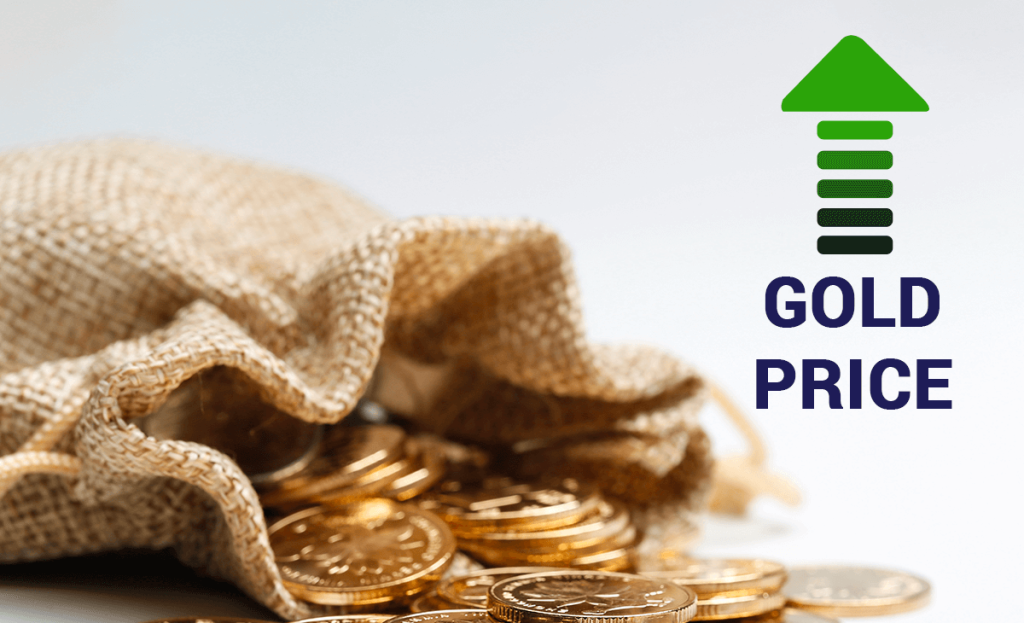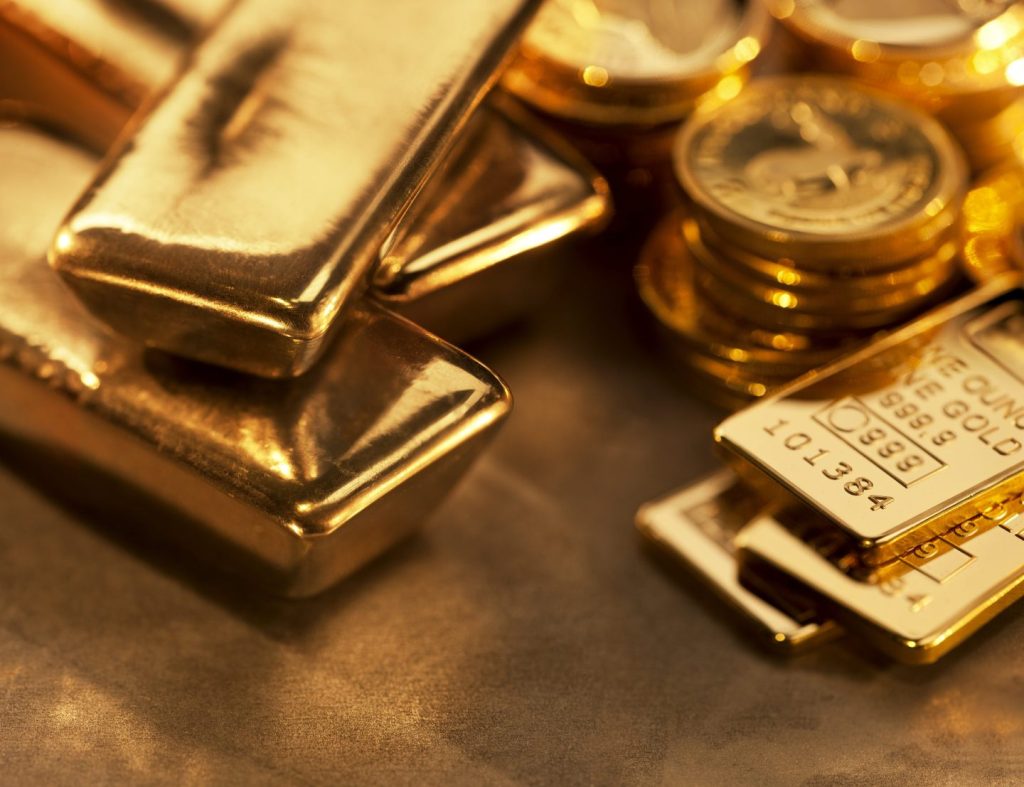Gold has long been considered a safe haven for investors during periods of economic uncertainty, and the past year has been no exception. With multiple geopolitical conflicts erupting across the globe, the price of gold has experienced a steady rise. This upward trend can be linked to several factors, including the devaluation of major currencies, shifts in global economic policies, and the role of gold as a buffer during crises.

War and Gold: A Historical Connection
The relationship between war and rising gold prices is well-documented. During conflicts, governments often print more money to fund military operations, leading to inflation and a devaluation of currencies. As the value of paper money declines, investors flock to gold, which is seen as a stable and valuable asset that holds its worth regardless of the market’s volatility. This rush towards gold inevitably pushes its price higher.
For instance, between October 2023 and 2024, several major geopolitical events, particularly in the Middle East, triggered significant spikes in gold prices. After the October 7th, 2023 Hamas attack on Israel, followed by Israel’s retaliation in Gaza, gold prices jumped by 7% in just 24 days. Similarly, in early 2024, the conflict between Israel and Iranian-backed Hezbollah escalated, leading to a further rise in gold prices by 5%. Each surge in geopolitical tensions translated directly into a spike in gold’s market value.
The Economic Mechanics: Currency Devaluation and Gold’s Safe Haven Status
When war breaks out, economies often face multiple stressors: increased military expenditure, disrupted trade routes, and volatile markets. As governments print more money to support their economies, the value of currencies like the US dollar diminishes. This devaluation encourages both central banks and individual investors to shift their focus towards tangible assets such as gold, which retain their value in times of crisis.
One key driver of rising gold prices in recent months is de-dollarisation, a strategy used by central banks to reduce reliance on the US dollar in their foreign exchange reserves. Instead, these banks are increasingly buying gold to diversify their holdings. This move away from the dollar has further fuelled demand for gold, pushing prices higher globally. Internationally, gold prices surged by as much as 40% in 2024, a reflection of its heightened demand amid economic and geopolitical instability.
Geopolitical Tensions and Gold Price Fluctuations
The surge in gold prices is closely linked to specific conflicts. Here are some key incidents:
- Hamas Attack on Israel (October 2023): A 7% rise in gold prices within 24 days of the attack due to heightened instability in the region.
- Houthi Attacks in the Red Sea (February-April 2024): Gold prices increased by almost 20% as tensions escalated in the Middle East, with retaliatory strikes from the US and UK following Houthi aggression.
- Israel-Iran Conflicts (July-September 2024): A series of retaliatory strikes, including Iran’s missile barrages, further pushed gold prices up by 5%.
These conflicts not only destabilised regional economies but also had a ripple effect on global markets, increasing the appeal of gold as a secure investment.

The Future Outlook for Gold Prices
Looking ahead, analysts expect continued growth in gold prices. One of the factors influencing this is the anticipated interest rate cuts by the US Federal Reserve, which is expected to reduce rates by 25 basis points in November and December 2024. Lower interest rates typically weaken the US dollar, making gold more attractive to investors.
In India, the rise in gold prices has been further fuelled by the country’s low customs duties on gold, which has sparked increased demand for both physical gold and gold-related financial products like exchange-traded funds (ETFs). Indian investors are diversifying their portfolios with gold and silver ETFs, a cost-effective way to hedge against economic uncertainties.
Therefore, the correlation between war and rising gold prices remains strong. As geopolitical tensions continue, especially in regions with global economic impact, gold is likely to remain a preferred investment for both individuals and governments. The ongoing de-dollarisation trend and central banks’ growing reliance on gold as a stable asset only reinforce its value in times of uncertainty.
However, for investors, despite the already high prices, gold offers long-term returns, making it a prudent option in today’s volatile global climate. As wars, economic instability, and inflation persist, the demand for gold as a secure investment will likely continue to drive prices higher.

